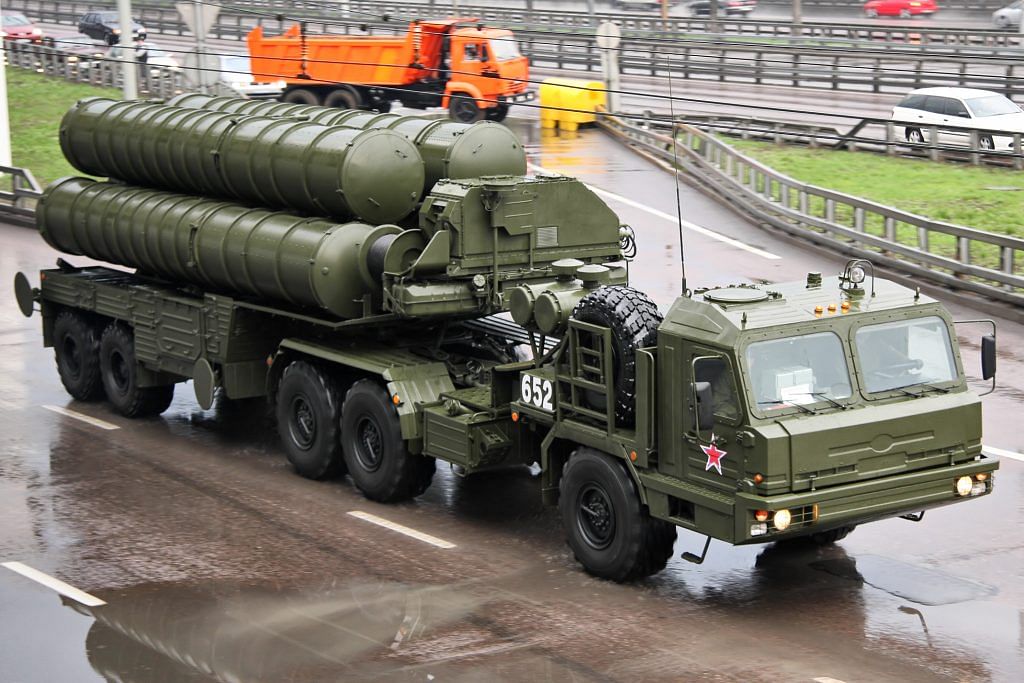Russian missile system’s reach brings almost all Pakistani airbases under India’s target range; it has a shorter deployment time than the US Patriot.
New Delhi: India will spend a large chunk of its defence budget shortly in acquiring the S-400 air defence system. By conservative estimates, the Russian missile system will cost Rs 39,500 crore — the highest India will have ever paid for any such purchase.
What makes the S-400 desirable even at this price — an earlier article in ThePrint had detailed how the decision was reached — is that the system is a true game changer.
As a senior official at South Block puts it, the S-400 has the potential of making the Pakistani Air Force retreat to Afghanistan. The reason being that its reach of 400 km brings almost all airbases in Pakistan under target range. The system also cancels the slight advantage that Pakistan has with its fleet of early warning aircraft.
While fighters and other combat assets may seek to evade the S-400 with low flying tactics, the Pakistani Air Force will not be able to deploy early warning aircraft that can guide fighters to targets in India for fear of them being shot down in the first stage of battle.
Given the declining conventional air edge as India’s fighter fleet sinks, the S-400 will be an important force multiplier that can guard a large portion of the border at a time of conflict.
S-400 versus Patriot
The closest rival to the S-400 is the US’ Patriot system. However, the S-400 has dual advantage – more range and the ability to target more incoming aircraft at the same time. Besides, its manufacturers claim that it has a shorter deployment time than the Patriot.
The customer list for the S-400 includes Russia, China and Turkey. In addition, Saudi Arabia, Qatar, Morocco and other Gulf states are also in discussions. Deliveries to China have already started although it is not yet clear where the system would be deployed.
